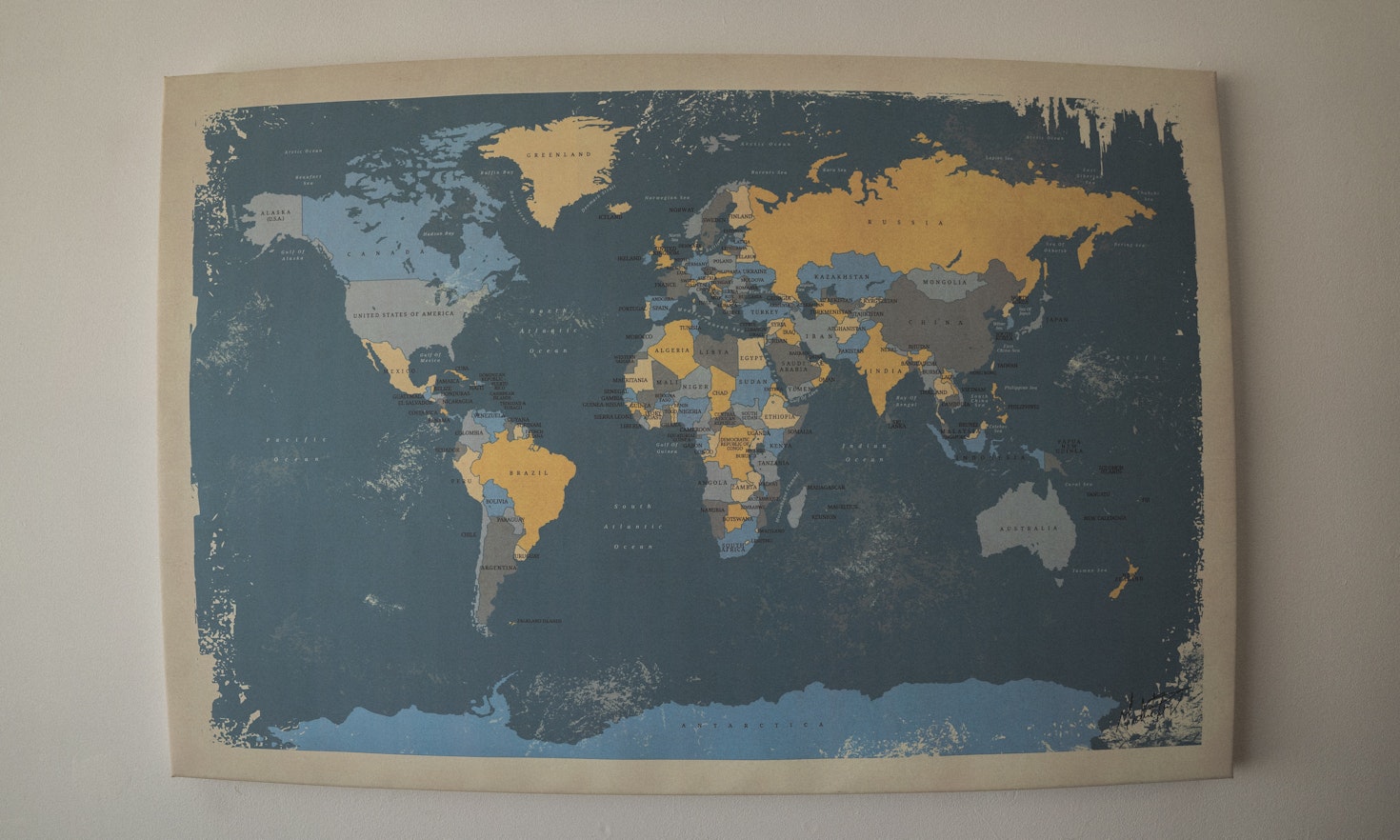
Aree Rurali e Partecipazione: Cosa Cercare?
 Giorgia Zogu
Giorgia Zogu
The more religious diversity increases in Europe, the more the rights of religious or belief minorities (RBMs) need to be mapped and measured. Evidence-based policies that effectively promote the rights of these minorities require tools capable of identifying which rights they enjoy and how much they are promoted in a range of countries across the EU. The Atlas of religious or belief minority rights has developed three indices that measure the promotion of RBM rights, the equal treatment of the RBMs themselves, and the gap which separates these minorities from religious majorities. This analysis presented some unexpected findings.
Is it true that France is the country where religious or belief minorities (RBMs) are least protected? Is Islam the religion which in European countries experiences fewer rights? Incidentally, the answer in both cases, is no. These are just some of the questions that the Atlas can answer based on indices that measure the promotion of religious minority rights, equal treatment amongst these groups, and the gap that divides majority and minorities.
The first index (P-index) measures the degree to which the rights of RBMs are promoted. This is measured both in relation to states, thus allowing us to know whether one state promotes RBM rights more than another, and in relation to religious organizations, thus enabling us to discover whether the rights of one religious organization are promoted more than those of others. Countries in which there are no restrictions on the enjoyment of rights are given a score of 0; if these rights are restricted, the score ranges from 0 to -1 depending on the severity of the restriction; if they are promoted (i.e., not only are restrictions absent but the state puts in place positive actions to develop RBM rights) the score ranges from 0 to 1. The same scoring system is applied to religious organizations. By applying these criteria, it was noted that, the rights of RBMs are less promoted in Greece than in Poland and that, in the countries considered by the Atlas, the rights of Jewish communities are more highly promoted than those of the Muslim ones.
The second index (E-index) measures how legal treatment differs among RBMs: indeed, not all RBMs enjoy the same rights, some have more, some have less, and some have almost none. In countries where there is perfect equality of legal treatment among different RBMs, the score is 0. The more the inequalities increase, the more the score moves away from 0. One of the countries where there are fewer differences in the regulation of RBMs is Finland, one of those characterized by greater inequalities is Romania. It should be noted that this index measures equal treatment but does not tell us whether RBMs are treated equally well or equally badly. The E-index should therefore be read together with the P-index.
Finally, the G-index measures the gap that exists between the legal position of the majority religion and that of different RBMs. Again, a score of 0 indicates a complete absence of gap: majority and minority religions have the same rights although this is almost never the case. In contrast, a score far from 0, in either direction, signals the existence of a deep gap. France is one of the countries where this gap is smaller, Spain one of those where the gap is greater.
These three indexes make it possible to answer the questions indicated at the opening of this paper as well as many more. But, to avoid misunderstandings, two elements should be kept in mind. First, for now the Atlas considers only four policy areas (the legal status of RBMs, RBM rights in public schools, spiritual care in prisons, hospitals and barracks, and the wearing and display of religious symbols): when the research is extended to the following areas of family law, places of worship, mass media, and denominational schools, the results may change. Second, the data concerns the legal regulation of RBMs, and we know that there may be a huge discrepancies between what is considered a norm and what is in fact, reality: to get a more complete and accurate picture, we need to wait for the legal data to be supplemented by sociological data which will be done by the end of the year. The sociological data will measure the actual application of norms and the perception of discrimination by representatives of religious minorities.
that can be drawn from the Atlas data. The first of them indicates that the rights of RBMs are not subject to particularly severe limitations in the twelve countries considered by the Atlas. In all of the countries considered, the right to religious freedom is firmly guaranteed, which precludes limitations related to changing religion or opening places of worship for example that are not unknown in other parts of the world. However, the fact that minority rights are generally respected does not mean they are promoted. Most European countries appear reluctant to implement measures specifically directed at promoting RBM rights as shown by the very few references to these minorities in constitutional charters and the absence of religious minority laws and also seem satisfied with guaranteeing the right to religious freedom through general rules that apply to all citizens, regardless of whether they profess a majority or minority religion. If the goal to be pursued is to reduce the vulnerability of minorities, this policy appears deficient because it is designed to perpetuate existing inequalities.
The second indication we can draw from the Atlas data is that promoting the rights of RBMs is not contingent on the adoption of a particular system of state-religion relations. The data show that separatist and concordatarian legal systems, countries that affirm in their constitutions the secular nature of the state or the existence of a state religion can promote RBM rights equally well. This finding is reassuring: the promotion of minority rights does not require European countries to adopt a uniform system of relations with religious communities. The different national legal traditions, which are an asset of the European Union, have the capacity to include measures that adequately promote RBM rights.
The Atlas also shows that the gap between religious majorities and minorities is particularly strong in Greece, Italy and Spain, three countries where the majority religion maintains a relatively strong position. In countries where the process of secularization has been more pronounced, as in France and Belgium, or where the prevailing tradition is Protestant, this gap tends to narrow. Finally, the countries with the best ratio of promotion and equal treatment of religious minorities are Sweden and Estonia. These data seem to indicate that there is a stronger culture of legal equality in Northern European countries than in other parts of the Old Continent.
For more information see and write to info@atlasminorityrights.eu

This content is licensed under a Creative Commons Attribution 4.0 International license except for third-party materials or where otherwise noted.

 Giorgia Zogu
Giorgia Zogu
 Cholpon Beishalieva
Cholpon Beishalieva

